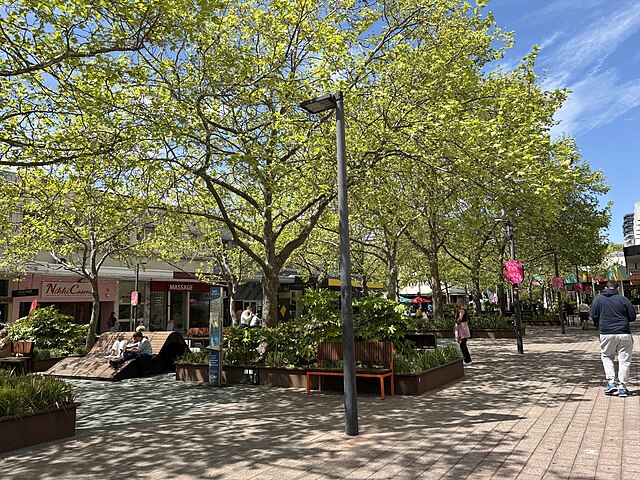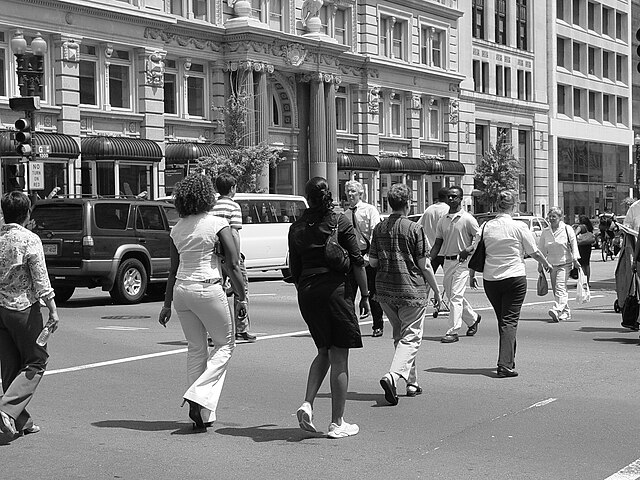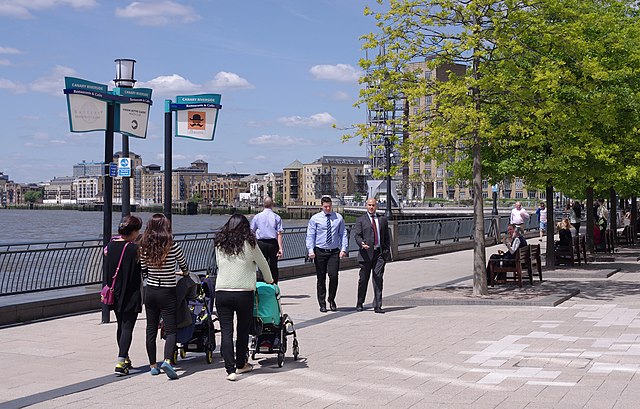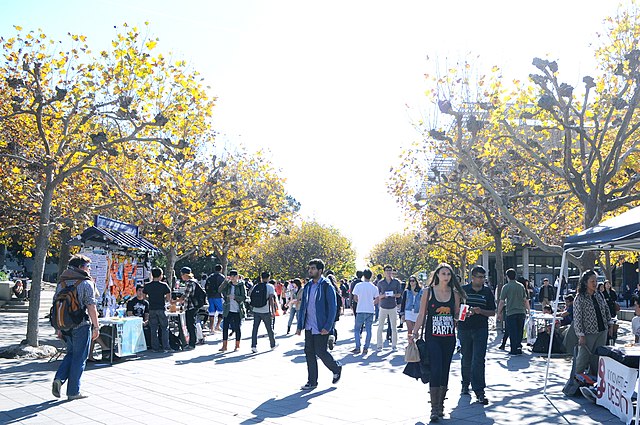A Childhood Memory with a Bigger Message
Some of my favorite memories growing up come from wandering the streets of downtown Annapolis, Maryland. My mom and I lived in a suburban neighborhood, but when we wanted to enjoy ourselves—shop, grab a bite, or just walk—we headed downtown. I loved the experience: the walkability, the water views, the cozy cafes, and the energy of a place built for people.
I didn’t realize then that Annapolis wasn’t just charming—it was also environmentally smart. Its compact layout and walkable streets helped protect nearby waterways like the Chesapeake Bay far better than the sprawling development where I lived. That realization has stayed with me, especially now, as I witness similar challenges playing out here on the Gulf Coast.

Sprawl Is Threatening Gulf Coast Waters
In northwest Florida and southern Alabama, population growth is accelerating. But instead of building connected, livable neighborhoods, most development is following the old pattern of suburban sprawl—where homes are far from jobs, stores, schools, and parks, and cars are required for almost everything.
This kind of low-density development is one of the biggest threats to water quality. It increases stormwater runoff—the leading cause of water pollution in the U.S.—and brings harmful pollutants like nitrogen and phosphorus into our bays and bayous. It also consumes more land, replacing forests with pavement and lawns, and drives up greenhouse gas emissions.
For communities that depend on the health of the Gulf and its connected waters, this is a serious and growing problem.
The Case for Smarter Growth
I recently partnered with 1000 Friends of Florida and the University of Florida to study how land use decisions affect water quality in Escambia and Santa Rosa Counties. The findings confirmed what many experts already know: denser, walkable development helps protect the environment.
When the team modeled a growth scenario that was just 30% more compact than the status quo, they found dramatic results: nitrogen and phosphorus pollution in local waterways dropped by up to 75%. More people living in smaller, connected areas meant less pavement, fewer cars, and more preserved forest and wetland areas that naturally filter water.
This isn’t just theory. It’s a proven way to balance growth with sustainability.
Lessons from Traditional Towns
The kinds of places that deliver these benefits aren’t new. In fact, they look a lot like the historic cities and towns built before World War II. Think about the older parts of Savannah, Charleston, or New Orleans. These communities were designed for walking, social interaction, and shared green spaces—not for endless driving.

In these places, narrow streets slow traffic. Neighborhood shops and restaurants are woven into residential blocks. Trees line the sidewalks. Parks and public spaces invite people to gather. And a mix of housing types makes it possible for people of all ages and incomes to live nearby.
This approach goes by many names—smart growth, new urbanism, 15-minute neighborhoods—but they all share the same goal: building communities around people instead of cars.
Building a Better Gulf Coast
To create healthier, more livable Gulf Coast communities, we need to update our development codes and zoning laws to allow these kinds of neighborhoods again. Right now, regulations in many places still favor suburban sprawl and make it difficult or even illegal to build walkable, mixed-use communities.

But people are ready for change. What gets most folks excited isn’t the data—it’s the vision of a better everyday life. Imagine a neighborhood where traffic is light, kids can play safely, you can walk to a park or a coffee shop, and the sounds of conversation and laughter replace the roar of cars. That kind of place doesn’t just feel better—it actually works better for our environment.
Where Clean Water Meets Quality of Life
Protecting the Gulf of Mexico and our local waterways starts with how we build. Denser, people-friendly development means less runoff, healthier ecosystems, and a smaller environmental footprint. At the same time, it offers real benefits to residents—more freedom, better access to daily needs, and stronger community connections.

The future of the Gulf Coast can be bright. By rethinking how we grow, we can create places that are not only better to live in, but also better for the waters we love.
